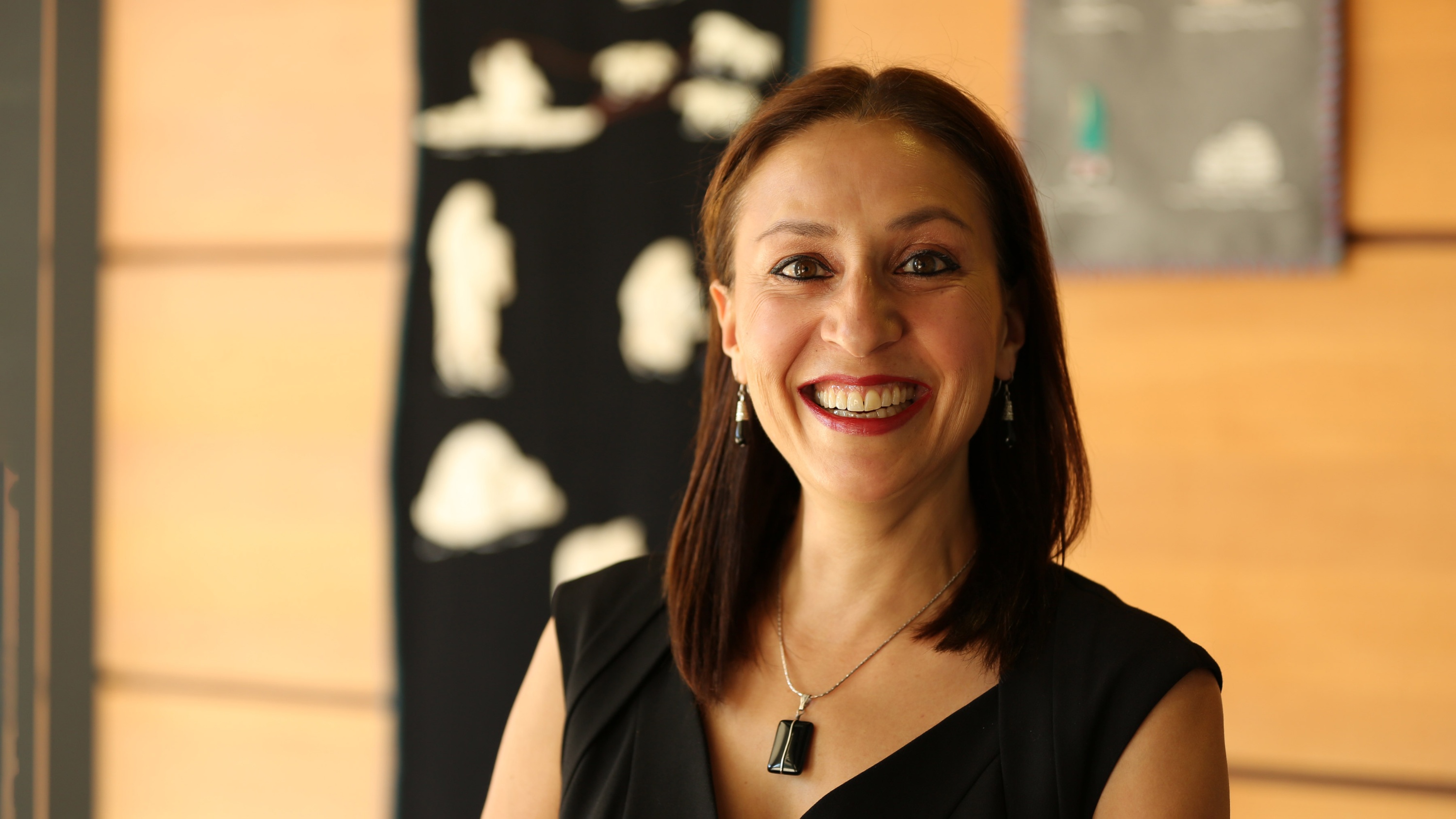Indigenous communities in the Canadian Arctic have limited access to health care and face additional health and wellness challenges, including access to affordable foods.
This is just one of the reasons Sangita Sharma — professor in Indigenous and global health research in the Faculty of Medicine & Dentistry at the University of Alberta — has spent close to 20 years partnering with Arctic communities to develop culturally appropriate, community-based health intervention programs.
“It is a unique opportunity to be able to partner with communities and learn from community members,” says Sharma, who is also a member of the Women and Children's Health Research Institute.
Sharma leads the Indigenous and Global Health Research Group (IGHRG), which is partnering with First Nations, Métis and Inuit communities in the Northwest Territories on a number of research projects. The scope of the work was expanded today, as Sharma was appointed Canada Research Chair (CRC) in Population Health. The funding of $1.4 million over seven years for the national chair will afford the projects a broader scope and depth than was originally anticipated.
A comprehensive look at community health
Since the onset of the pandemic, Sharma and her team have worked with community members to collect both personal responses and health statistics from communities about the impact of COVID-19 on remote and isolated communities.
“I have worked with many other projects worldwide,” says Sharma, “but now with COVID we’ve decided to focus on working with Indigenous communities in the Canadian Arctic. We have had the opportunity to connect with many more communities in the Northwest Territories and Nunavut, because with COVID everyone is affected.”
This has included identifying the anticipated and unanticipated consequences of the virus and its prevention strategies on all aspects of health — physical, mental, social, emotional and spiritual.
“We’re looking at how COVID-19, and prevention strategies, affected access and experiences with health care,” explains Sharma. “Then we’re also looking at how COVID-19 and public health restrictions impacted health-care workers and health-care professionals, and the people who make policy decisions.”
The team is also working with communities to gather information on COVID-19 vaccine concerns, community recommendations for improving public health messaging and confidence in science, and evidence on health-care access and availability during the pandemic. Finally, through a project funded by the COVID-19 Immunity Task Force, the team is partnering with communities to document the side-effects experienced from the vaccine, as well as the vaccine’s overall effectiveness.
“Throughout each project, we’ve also gathered suggestions and recommendations for the future to improve COVID prevention, mitigation and management strategies that are culturally appropriate,” says Sharma.
She and her team also continue to work on pre-pandemic projects funded by the Canadian Institutes of Health Research, like a five-year project built on in-depth interviews with Indigenous women of childbearing age in communities across the Northwest Territories.
“We’ve collected all the information and now are in the analysis phase,” says Sharma.
The project will then make recommendations based on community suggestions to improve maternal and child health programs.
Guided by communities, rooted in cultures
All of the IGHRG’s projects include a community advisory board made up of community members and leaders “to guide us on how best to undertake the work,” explains Sharma.
“We endeavour to work in local languages, build community capacity, provide local employment, promote local cultural activities, embrace cultural values and promote traditional foods.”
Sharma says she is grateful and pleased to see the IGHRG’s work recognized.
“I feel extremely honoured that I have been nominated and considered for this,” Sharma says of the CRC. “I think it’s really fantastic for the team to have recognition for the incredibly hard and important work that they’ve been doing over many, many years.”
She is also grateful to all of the communities that have worked with IGHRG and undertaken projects in the midst of a pandemic, as well as the community advisory board and Hotıì ts’eeda, a research support unit hosted by the Tłı̨chǫ government.
Five new or renewed Canada Research Chairs
Sharma is one of two U of A researchers appointed as new CRCs.
The other is Wael Elhenawy, Tier 2 CRC in Microbiome Research. His work will focus on studying the role of gut bacteria in driving inflammatory bowel diseases, using genomics and preclinical models to uncover new avenues for therapeutic intervention. Tier 2 CRCs are worth $500,000 over five years, with an additional research stipend of $20,000 per year for first-term chairs.
Sharma and Elhenawy are joined by three U of A researchers whose chair appointments were renewed.
Fangliang He is Tier 1 CRC in Biodiversity and Landscape Modelling. His work explores how and why species disperse, colonize and persist in landscapes, and develops ways to measure and predict changes in biodiversity.
Isabel Altamirano-Jimenez is Tier 2 CRC in Comparative Indigenous Feminist Studies. Her work examines the impact of resource development activities on Indigenous women in Canada and Mexico.
Amit Bhavsar is Tier 2 CRC in Functional Genomic Medicine. He studies specific genes to uncover new pathways involved in toxic responses to anti-cancer drugs, with the goal of predicting who may be at risk of negative side-effects and eventually making treatments safer.
